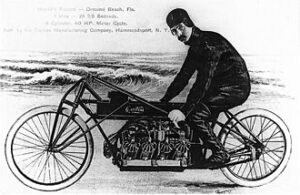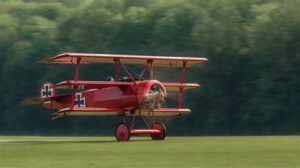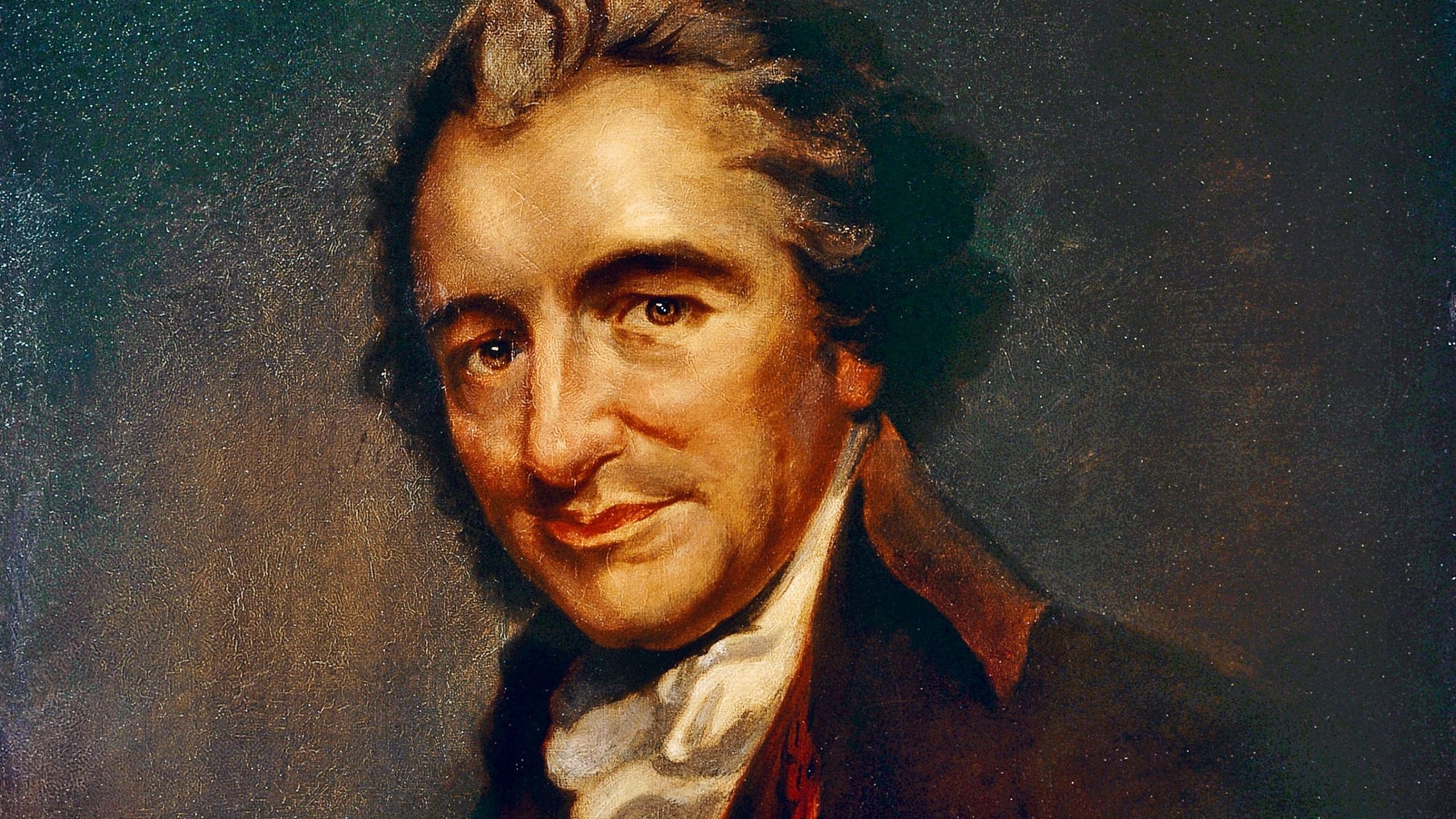“The Answer to Every Diagnosis begins with a Unified Theory”
Knowing How Things Work is the first Law of being free and remaining free.
Most of the Laws of how things work begin with Nature. And as you know, natural laws are eternal. Sir Isaac Newton didn’t invent the laws of gravity in 1687, he simply described them for the first time in such a way that men who studied things like that could begin using those laws to better understand how elevation affected the speed of an apple, or any other falling thing, as it plummeted toward the ground from a tree.
But that does not mean that regular people who couldn’t read in those days, didn’t knew to hold onto something if they were climbing those trees or playing around out on the limbs. The Natural Law of falling down and going boom was known to all people and was first taught when they stood up and tried to walk.
Being able to fly was on Man’s mind not very long afterwards Newton’s findings; the first un-manned balloon tried (in Portugal) just 22 years later, and the first manned balloon flight (in France) in 1783, only a century after Newton wrote his trailblazing tract.
And it would take just 216 years from the time Newton wrote about the laws of gravity that Man would be able to use those principles, along with other laws of mechanics (internal combustion engines), to be able to cause a heavier-than-air machine to then roll down a flat piece of ground and gather enough speed that it could then lift off the ground and fly on machine power alone, with the guidance of a human pilot. That was in 1903.
This was the natural expansion of Man’s imagination after having witnessed almost simultaneously in Europe and the United States a great expansion of mechanical discovery associated with the Industrial Revolution in the 1870s.
So, in the “How Things Work” Department, it follows that mechanical invention would also change the way the Law would protect inventions (patents and intellectual property) and how manufacturing business would have to be legally re-organized, and even financed; from the mining of ores, to their smelting, to the fabrication of metals (steel, aluminum) involving factories of thousands instead of dozens of workers.
Big business.
While manned balloons were designed by well-heeled French amateur inventors in the 18th Century, the internal combustion engine development was largely by German engineers in the late 19th Century, causing almost every civilized nation to pursue being the first to build a heavier-than-air machine that could fly, largely by corporate endeavors.
But in America this creative activity sprung out of the minds of two brothers, Wilbur and Orville, the Wright Brothers, who owned a bicycle shop in Dayton, Ohio, and a fellow who designed and raced motorcycles, and also ran a bicycle shop. His name was Glenn Curtiss. Neither Wright Brother graduated from high school, and Curtiss never made it past 8th grade.

But they both knew How Things Worked in the small business world of invention. If such people as these could be found in Europe, we don’t know it.
The Wright Brothers got there first, with their December, 1903 flight at Kitty Hawk, after nearly three years of preparation and tests.
News of their flight bolted around the world, causing all sorts of other activities, but not just in the development of the airplane, but in an array of other human enterprises, changing how things work in several areas of business and law, for the Wrights were quick to patent their invention not as a “flying machine” but rather an “aerodynamic control system” that would control airflow over the wings. In other words, they used Newton’s laws more than the mechanical laws of the internal combustion engine the German engineers (and Glenn Curtiss) would employ.
About the Law; Curtiss and other aircraft companies raced to get their aircraft into production, using some of the Wright control designs while their patent was still pending. The Wrights didn’t mind them using their work, but they had to apply for a license. So the Wrights had to sue. It would be 1915 before the Wrights would finally win in court, but the lawsuit would set the United States back behind the Germans, French and English, who were by then fighting a war in Europe, using aircraft that were based on some of the Wrights’ designs. When America entered the war it had to buy French aircraft to use, for it would be 1918 before Curtiss could produce JN-4 “Jenny’s” as military training aircraft, but would become the heart of the barnstorming era that made aviation so popular in the 1920s.
Wilbur died in 1912 of typhoid fever, and while Curtiss and the Wrights never liked one another, the two companies eventually merged in 1929 and are still in business today, one part of the company getting all the glory, the other getting much more money.
Lessons:
Some lawyers got rich from this ten-year setback over what, just from a simple reading of the original Wright patent, should have been over and done with inside a few months.
To understand you have to understand not only the business side of How Things Work but also the lawyer side and government side of How Things Work since the process of obtaining patents to protect your ideas belongs exclusively to the government.
You also need to understand how ethics was designed to work and how its absence can gum up even the best of idea when not a part of the basic contract negotiations.
As just reported, since in the 11 years after the original Wright flier seen at Kitty Hawk its first principal benefit had been turned into warplanes for both sides of the Great War, 1914-1918, England, France, and Germany…

…including an on-going saga of a boy’s beagle pup and his run-ins with the Red Baron.

Lessons learned: Other than the general laws of How Things Work can should apply to virtually every American’s situational thinking about the physical world around them, the Kitty Hawk event was just 118 years ago, but you have to know that ordinary citizens who fix bicycles in most parts of the world, from Russia to China to almost all of Latin America, still cannot invent much of anything today and profit from it, nor have any legal recourse if their idea is stolen. They may have “ideas” but if they reveal them to most any middle man they will likely be stolen or be paid only a pittance of their worth.
We are the model. The principal reason people wish to come to America is because they believe they can make a better living and live a better life here than they can in almost every other part of the world, whether they are raised on a farm or have advanced degrees in computer sciences.



